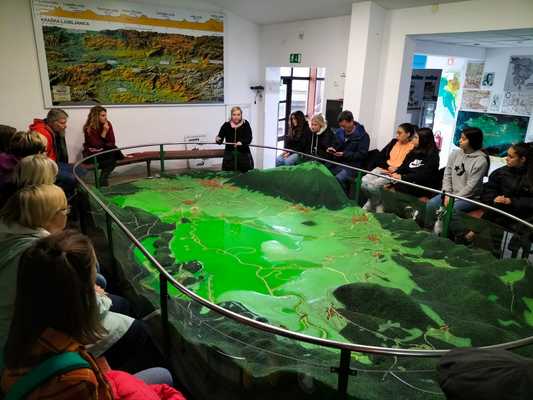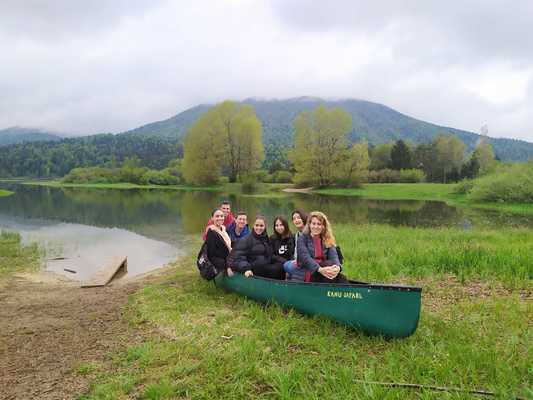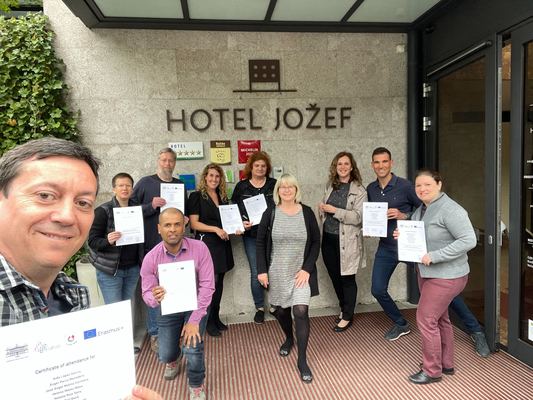RE-USE was the main topic of the meeting, which took place between 3 and 7 May in Idrija. We were happy to receive 14 students from Bulgaria, Spain and Sweden. , who lived with families, and 10 teachers. Students and teachers gained new experiences from a variety of activities that were varied and carefully selected.
REUSE, DAY 1
The first day was first dedicated to getting to know the school and the participants.
Later, we opened the BEE-DIVERSITY exhibition under the auspices of the Rotary Club Idrija and listened to a lecture by dr. Blanka Ravnjak from the Biotechnical Faculty on the topic of biodiversity. We have learned that bees make up 90% of pollinators, but they are by no means the only ones, including bumblebees and even annoying flies. And also which insects pollinate which plants.
Lunch was followed by a workshop on thinking about what could be reused in schools. And the students had a lot of interesting ideas.
At the same time, we reviewed and supplemented the Yoouth Climate Action Declaration R4MAD together. And start thinking about how to reach as many students and teachers as possible with it.
In the afternoon, the participants explored Idrija and also went to Antonijev rov.
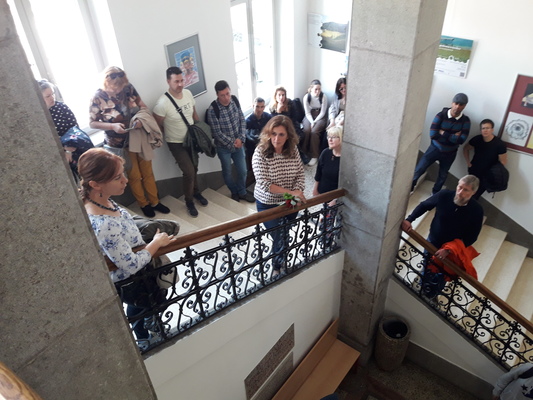
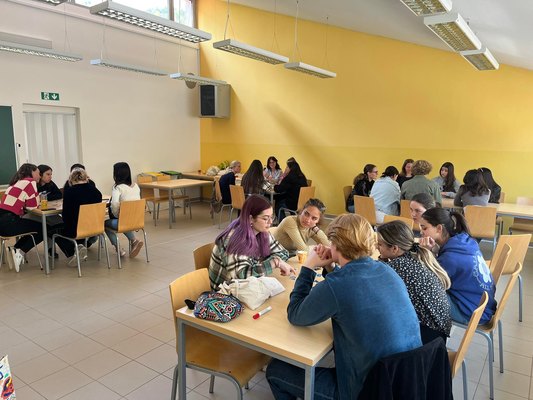
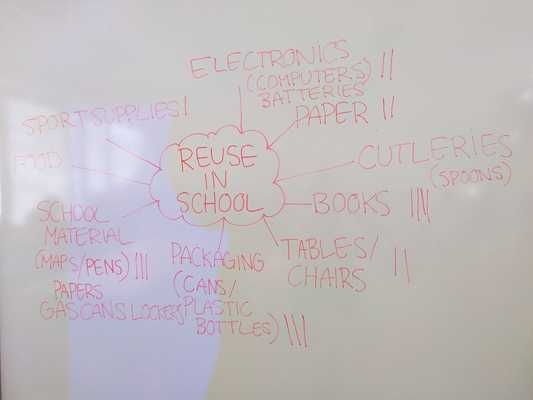
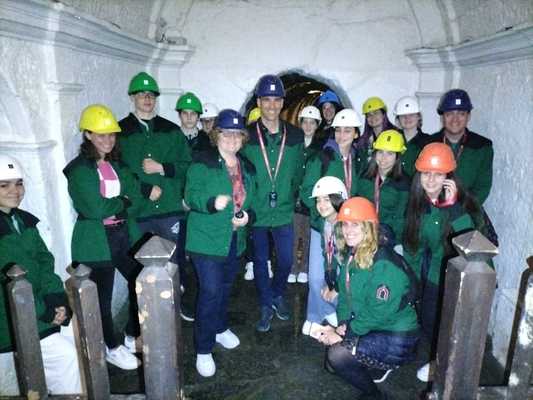
REUSE, DAY 2
On May 4, we first made a small bag from waste tarpaulins and led by Smetumet glamorous garbage and were one more one less proud of the product. Everyone is happy.
We then toured the Sugar Factory/Cukrarna as an example of the reuse of cultural capital, led by a former student.
🥰 The sugar factory was established in 1828 as a sugar refinery. After being the largest in the monarchy in the mid-19th century, a fire in 1858 interrupted its success. In the following decades, it was inhabited by soldiers or workers, later also famous artists. And until September 2021, she was more and more ashamed than proud. Now, however, it is a great example of the reuse of cultural heritage as it has become a place of contemporary art.
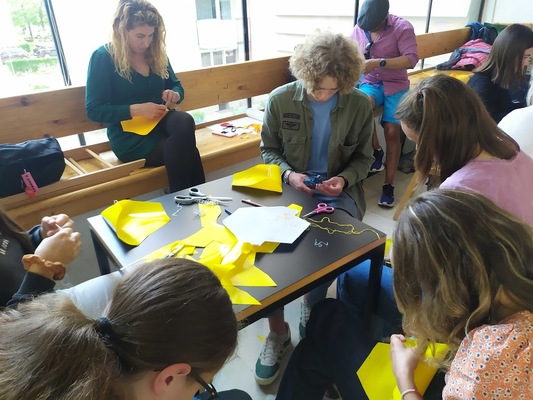
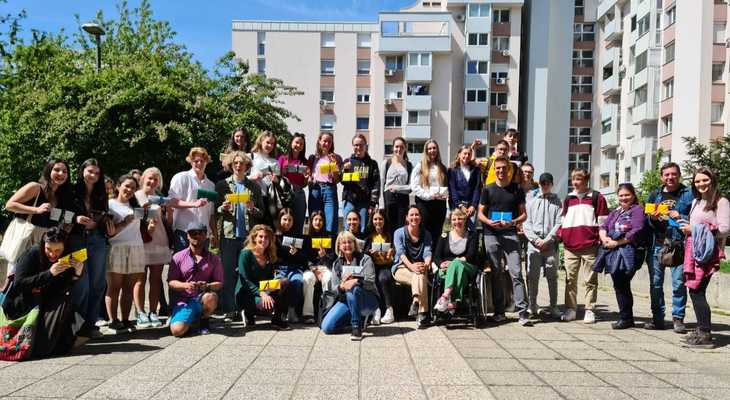
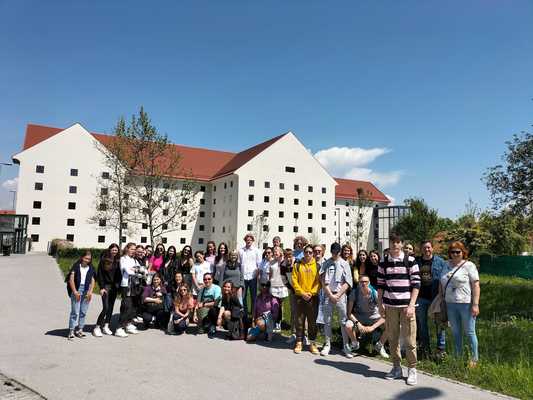
REUSE, DAY 3
May 5 was again a day of action. We started with workshops where some students, with the help of local entrepreneur Urška Pirc, made wallets or key rings from old bicycle and truck inner tubes. Other students first learned about the importance of bees and their products, and later, under the guidance of a local beekeeper, recycled honeycombs and beeswax and made candles.
Later, the workshops were repeated, and some students worked in the garden, planting vegetables and strawberries, and reusing old drawers and a grill lid and planting them with delicious strawberries.
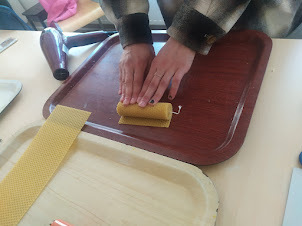
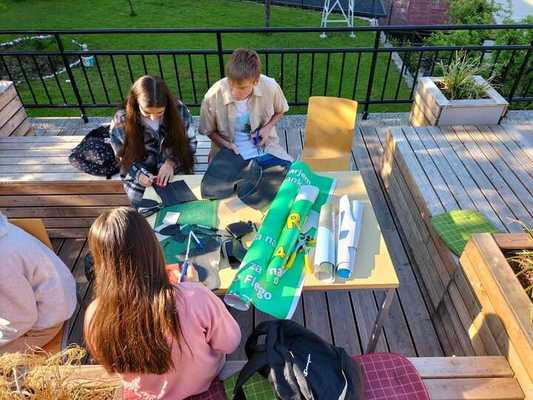
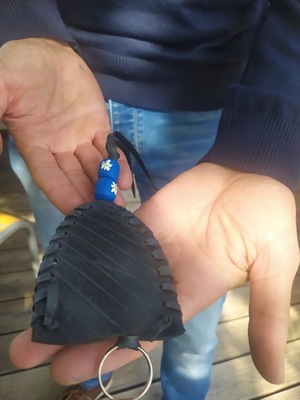
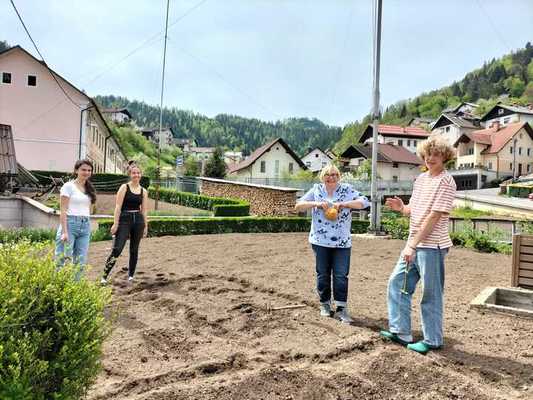
The students really enjoyed the workshops, and also realized that garbage is not only waste but can also be a material for a variety of products.
Later we took a look at an e-bike made by students from the old one, some tried to make lace and ended the day with a visit to the city apiary where participants could see how bees create honey and how beekeepers work.
REUSE, DAY 4
On May 6, some students and teachers visited the former smelter and discovered the story of mercury from ore to droplets;
the other part of the group went to a typical mining house and learned how the miners and their family lived in the past. In both cases, we had the opportunity to see successful examples of the use of old buildings for new purposes.
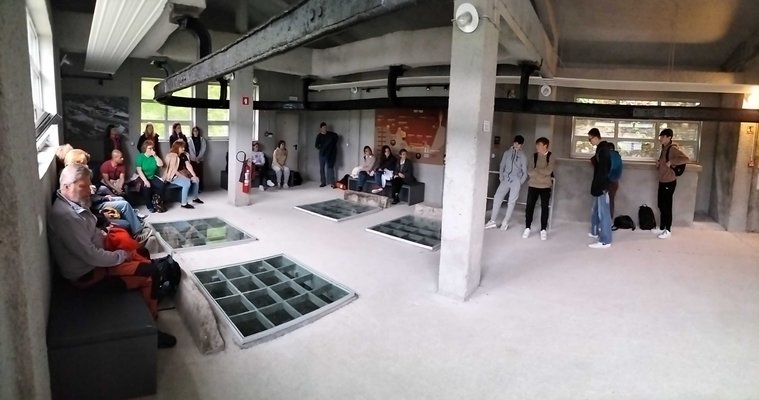
Because of bad forecast we had to change the program and instead of visitng a farm and prodcuing a spruce tips syrup we went to the Škocjan Caves.
The Škocjan Caves are a regional park in Slovenia and were inscribed on the UNESCO list of natural and cultural heritage in 1986. The temperature inside is 12 degrees Celsius. This underground canal is about 3.5 km long, but it is worth seeing the power of nature !!! And we realized why it is important to preserve our planet and its beauty.
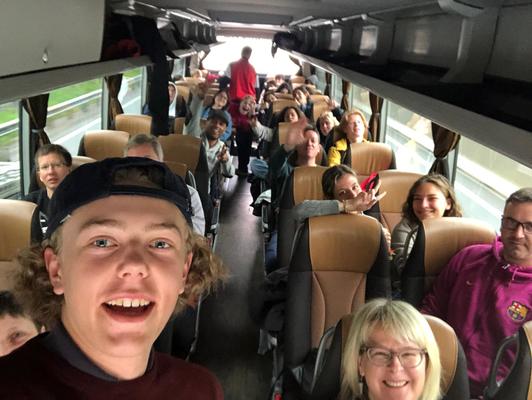
REUSE, DAY 5
Due to the bad weather and because the Bulgarian and later Swedish partners had to travel, we visited the museum of Lake Cerknica.
Lake Cerknica is one of the largest intermittent lakes in Europe. We got to know the operation of the water system, the formation and interruption of karst phenomena and learned about the customs and traditions of the locals. In addition, through everything we have heard and seen, we have re-realized the importance of sustainable development first in the local environment and thus contribute to the preservation of our common planet and its beauties for posterity.
